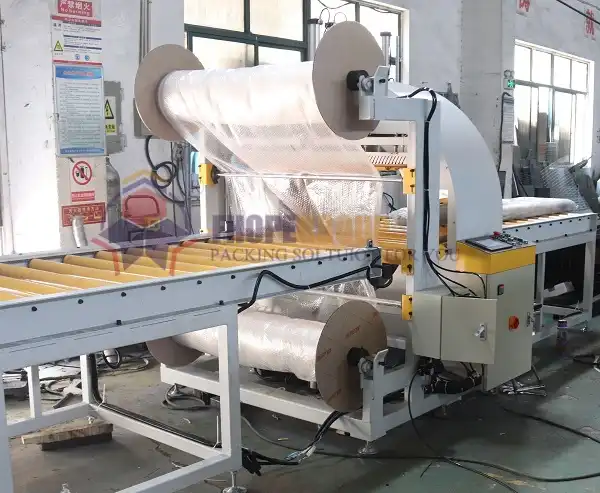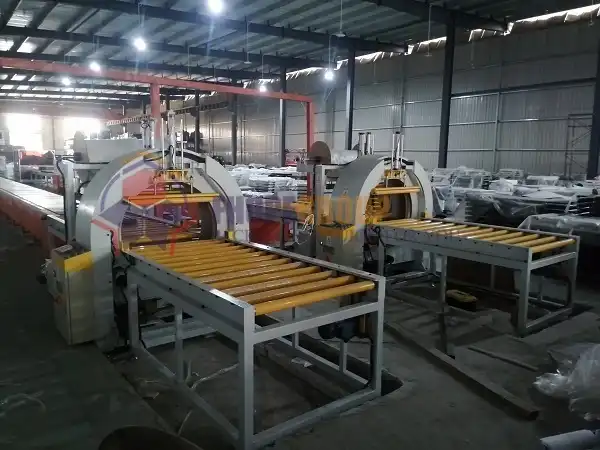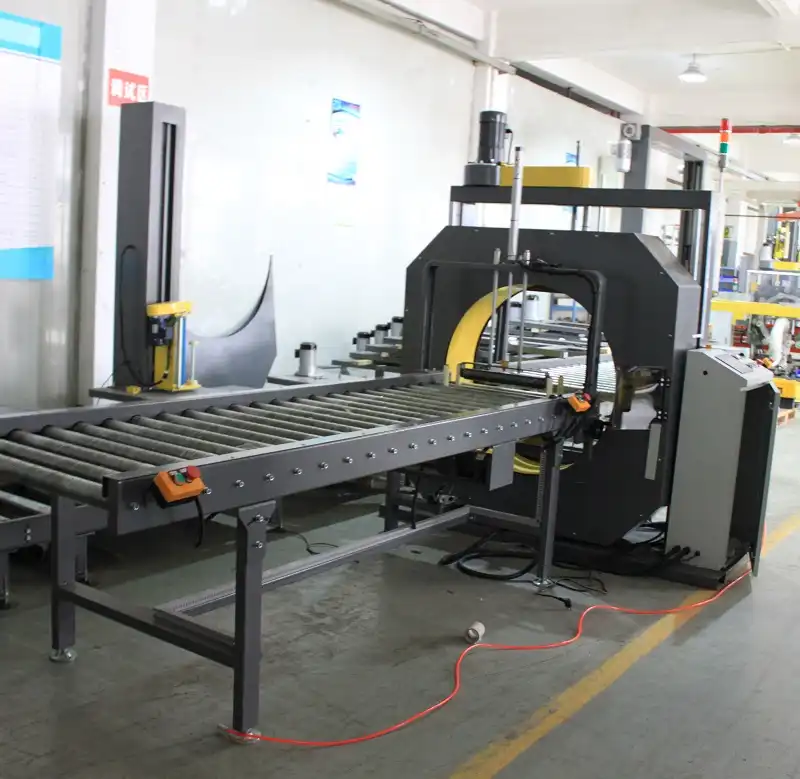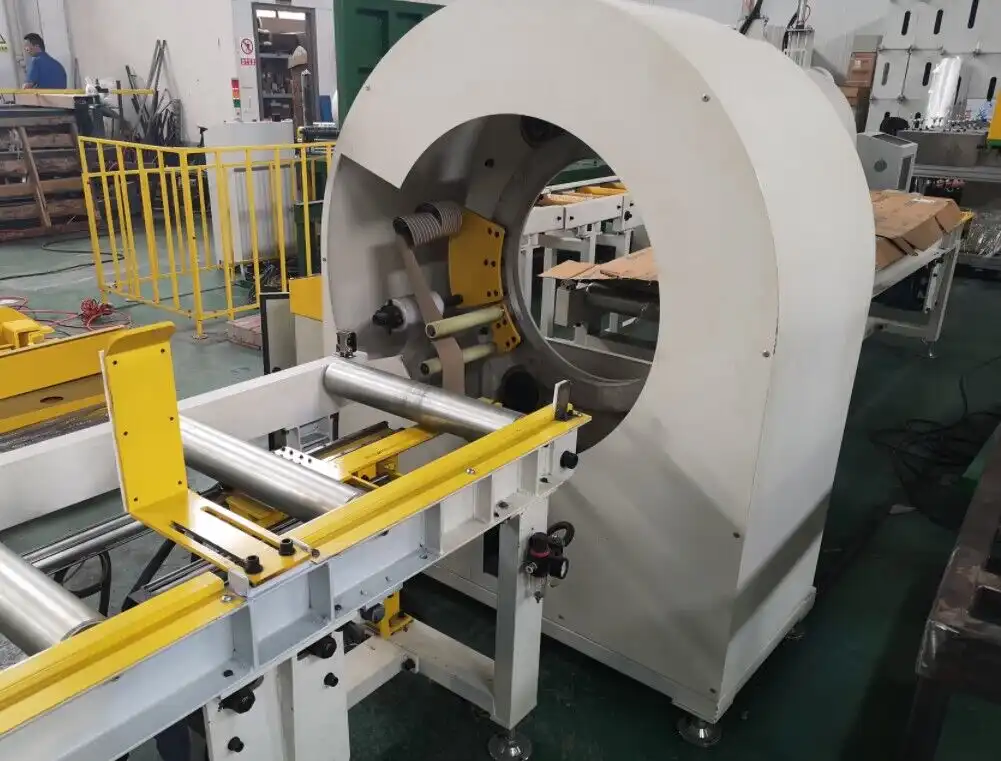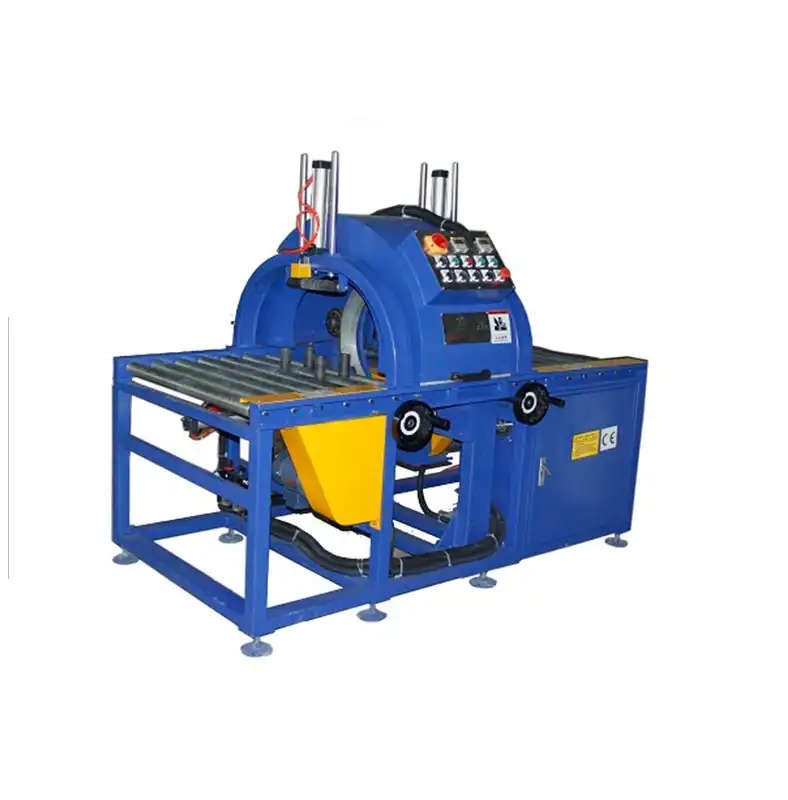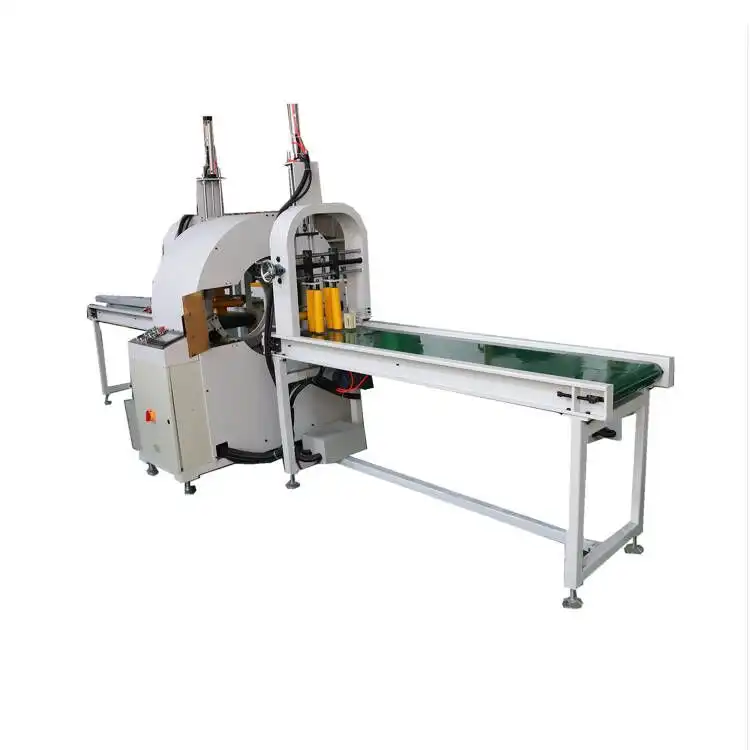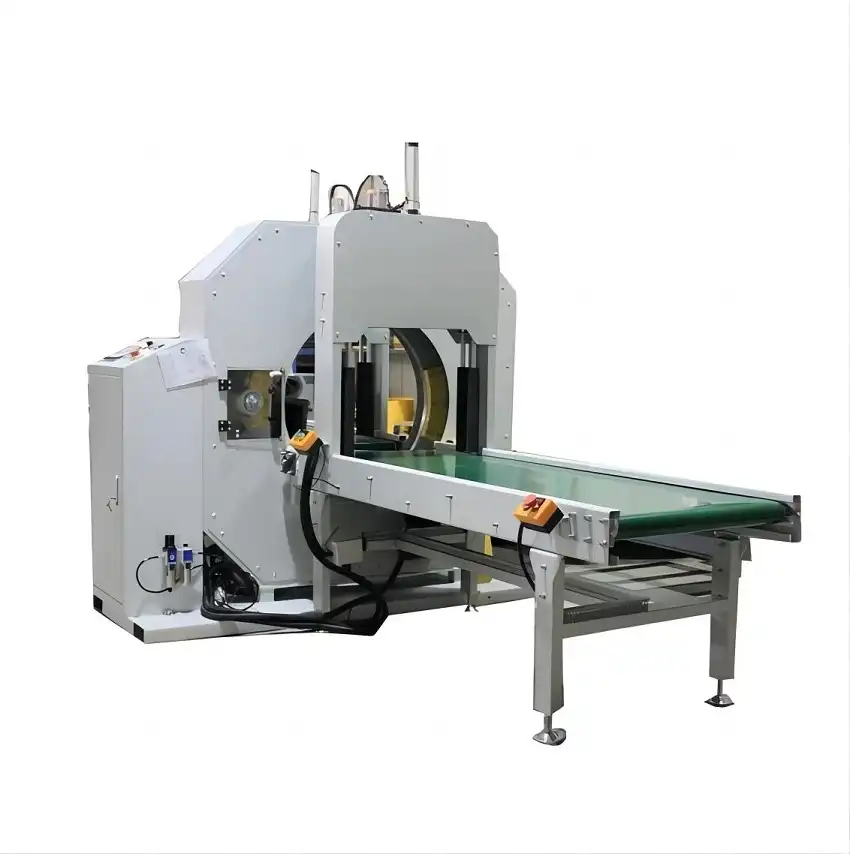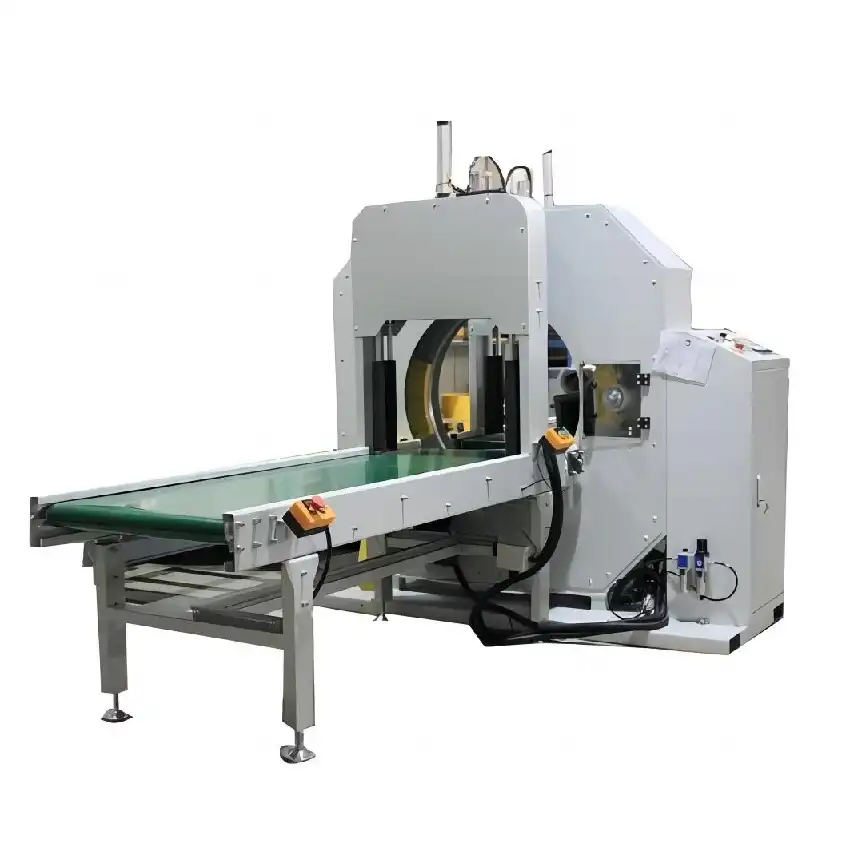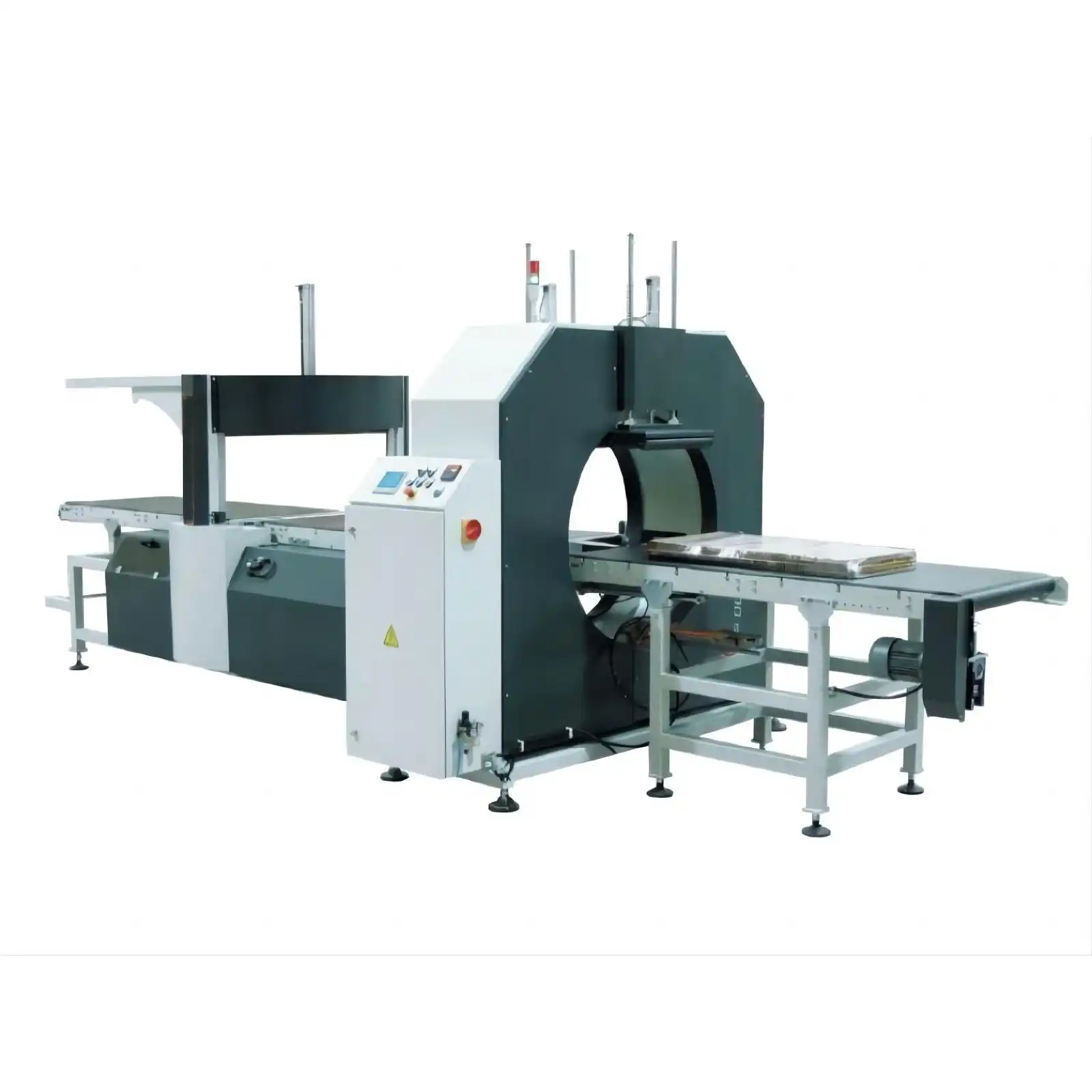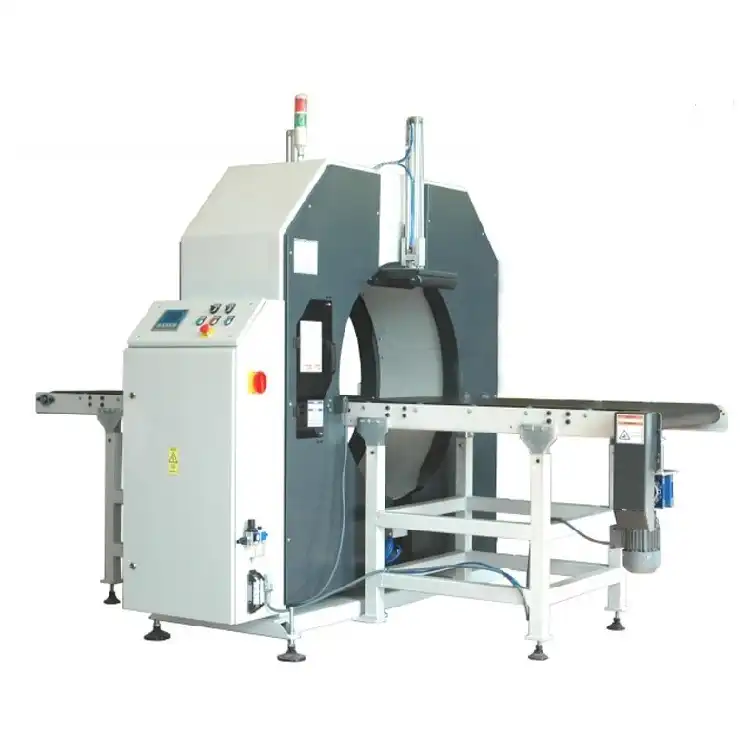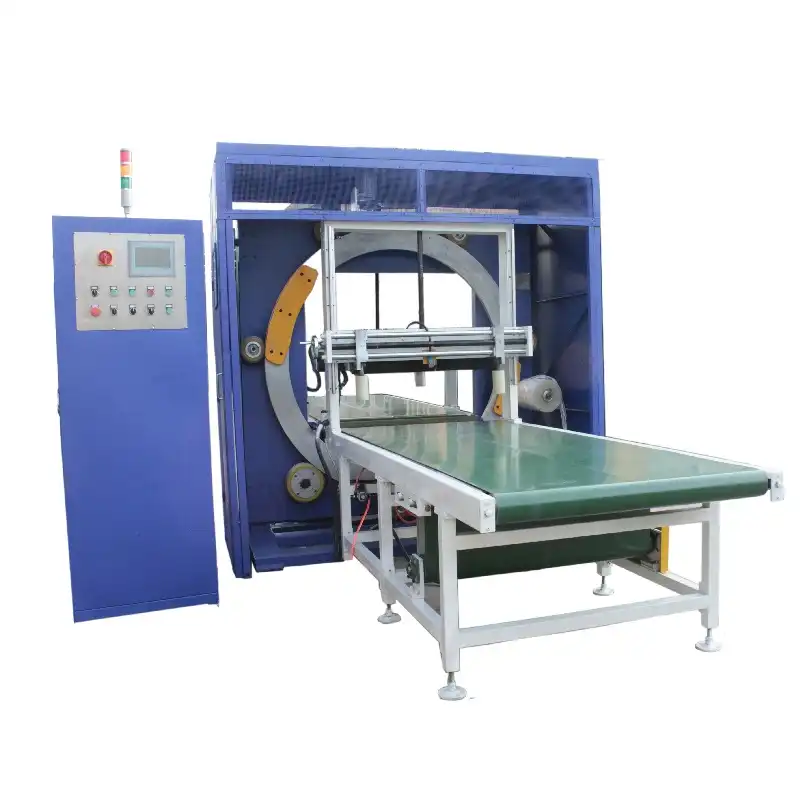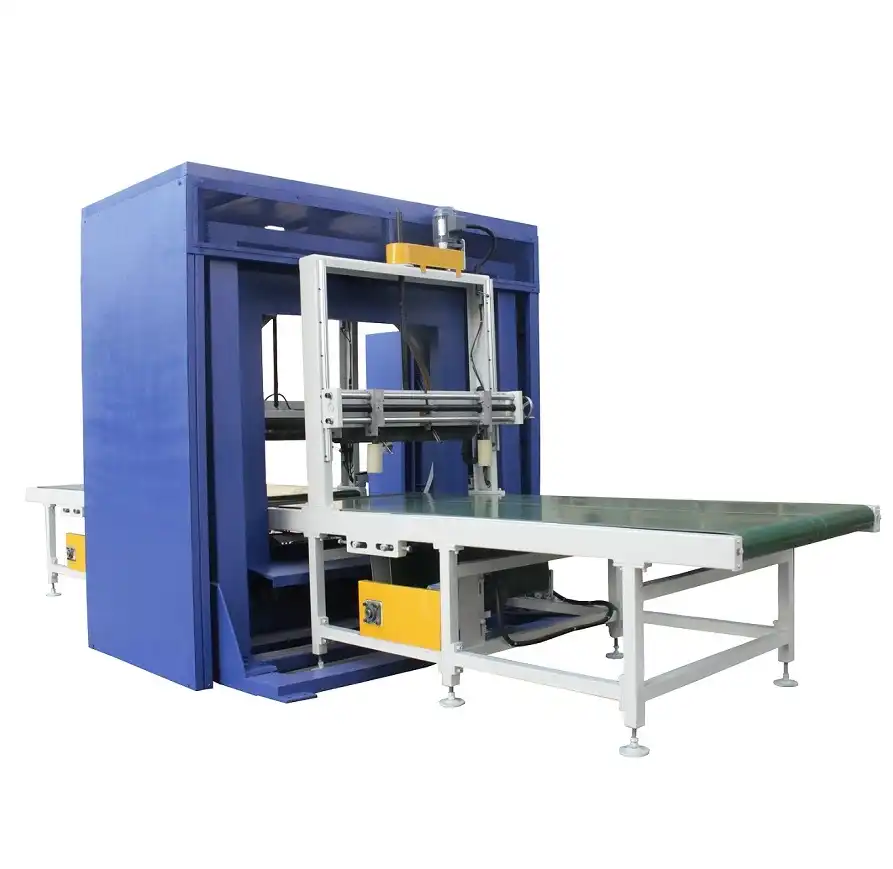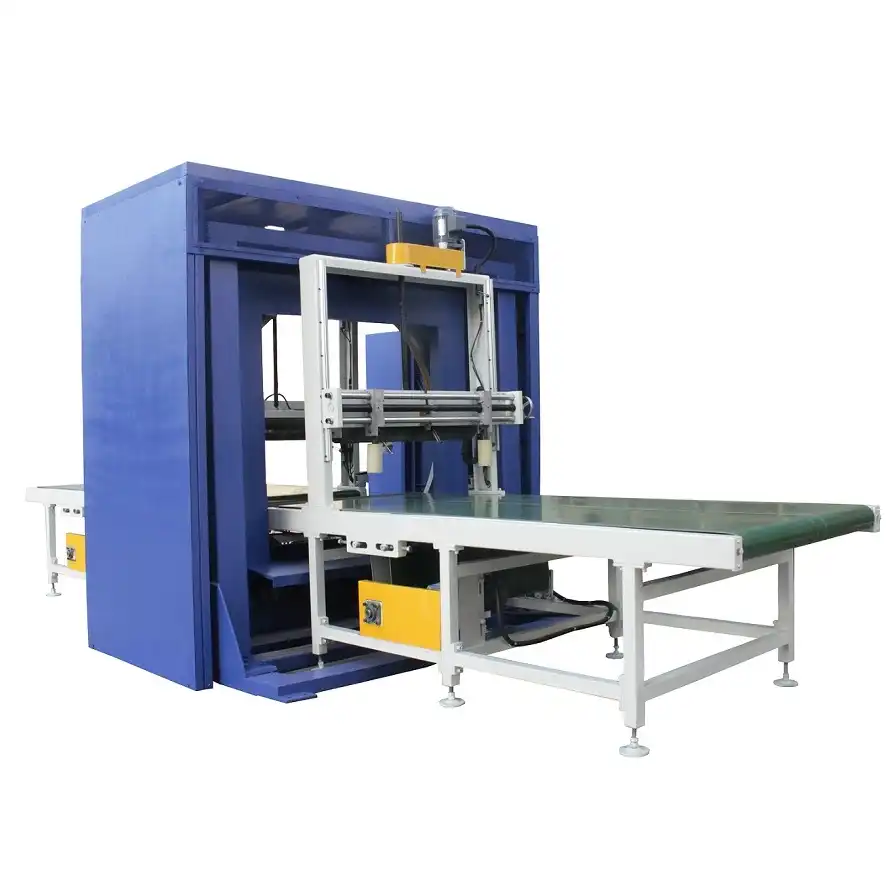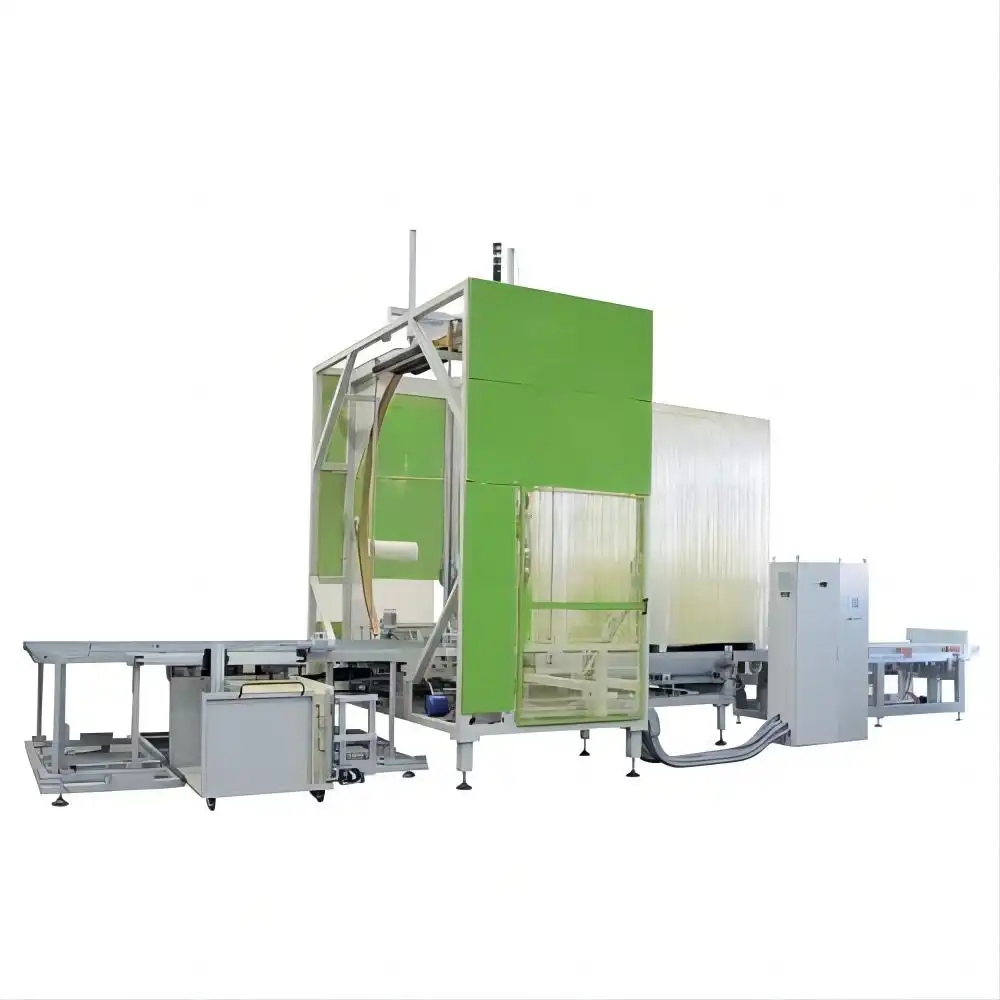Solution Evaluation: Comparing Orbital Pallet Wrapping Machine for Versatile Packaging
The process of selecting the right orbital pallet wrapping machine for your packaging operations can be daunting, especially with so many models on the market. Each machine comes with its unique features, advantages, and limitations. In this article, we'll take a deep dive into various orbital pallet wrapping machines, analyzing their strengths and suitability for different types of packaging tasks. Whether you're in manufacturing, logistics, or warehousing, understanding the differences between these machines is essential to make an informed decision.

1. Introduction to Orbital Pallet Wrapping Machines
Orbital pallet wrapping machines are essential tools in modern packaging operations. These machines wrap pallets by rotating a film roll around them, ensuring that the load is secure and stable for transport. What makes these machines unique is their versatility in handling a wide range of products, from irregularly shaped items to large pallets, making them a go-to solution for industries seeking automated wrapping systems.
2. Why Versatility Matters in Packaging
The primary function of a pallet wrapper is to secure products for shipping or storage. However, businesses today require flexibility in their packaging processes. The ability to wrap various load sizes and shapes ensures that no matter what your production line looks like, your wrapping process can keep up. This versatility reduces the need for manual intervention, improves efficiency, and ultimately lowers operational costs.
A key advantage of orbital pallet wrapping machines is that they can handle both standard pallets and unconventional items. For industries that deal with products of differing shapes or heights, investing in a versatile solution becomes a priority.
3. Types of Orbital Pallet Wrapping Machines
There are several types of orbital pallet wrapping machines available in the market, each suited for different packaging needs:
-
Semi-Automatic Machines: These require some manual input, like loading and unloading the pallet. They are ideal for smaller operations where full automation isn't necessary.
-
Fully Automatic Machines: These require minimal human intervention, making them perfect for high-volume packaging lines. They come equipped with features such as automated film cutting, wrapping cycle initiation, and automated load removal, saving both time and labor.
-
Mobile Wrappers: Portable options offer the flexibility to move the machine to different parts of a warehouse or facility. These are particularly useful for operations with space constraints or those that need to wrap pallets in different areas of the plant.
Each type brings different operational efficiencies, and understanding which is right for your business requires looking at your packaging volume, speed needs, and the variety of products you handle.
4. Key Features to Evaluate in an Orbital Pallet Wrapper
When comparing orbital pallet wrapping machines, certain features should be at the forefront of your evaluation process. Some of these include:
-
Film Carriage System: How the film is applied to the pallet plays a crucial role in securing the load. A pre-stretch film carriage can save on film usage, reducing costs over time.
-
Load Size Capacity: Look at the maximum pallet size the machine can handle. Some machines are designed for standard pallet sizes, while others can accommodate larger or more irregularly shaped loads.
-
Control Systems: Advanced control systems allow operators to adjust settings such as film tension, rotation speed, and wrap cycles, providing greater flexibility and precision in the packaging process.
-
Durability and Maintenance Requirements: It’s essential to choose a machine that can withstand the rigors of daily use and is easy to maintain. Machines with lower maintenance requirements will reduce downtime and keep operations running smoothly.
5. Operational Efficiency: Semi-Automatic vs. Fully Automatic Machines
One of the key considerations when selecting a pallet wrapper is deciding between semi-automatic and fully automatic machines. Semi-automatic machines require some manual intervention, which can be a drawback for high-volume operations. However, for smaller businesses or those with occasional packaging needs, the semi-automatic option provides an excellent balance of affordability and functionality.
On the other hand, fully automatic machines are designed for continuous, high-speed operations. These machines can wrap multiple pallets without stopping for operator input, making them ideal for large-scale packaging operations. They offer higher throughput but come at a higher initial investment.
6. Understanding the Importance of Film Pre-Stretch Technology
Film pre-stretch technology is a critical feature in modern pallet wrapping machines. It stretches the wrapping film before applying it to the load, which increases film strength while reducing usage. This technology not only provides a tight and secure wrap but also significantly reduces film costs, which is an important factor in long-term operational savings.
Some machines offer variable pre-stretch settings, allowing operators to fine-tune the wrapping process based on the load type. For example, fragile items may require less tension to avoid damage, while heavier items benefit from a tighter wrap to prevent shifting during transport.
7. Versatile Applications: Industry Use Cases
Orbital pallet wrapping machines are widely used across various industries. Some common sectors where these machines are indispensable include:
-
Manufacturing: Pallet wrapping machines ensure that finished goods are securely packaged for storage or shipment.
-
Warehousing: Warehouses often handle a variety of goods with different sizes and shapes, making versatile pallet wrapping machines essential for efficient operations.
-
Logistics: Safe and secure transportation of goods is critical in the logistics sector, and wrapping machines ensure that loads remain stable throughout the supply chain.
For example, in the automotive industry, pallet wrapping machines are used to securely package heavy or oddly shaped components. In the food and beverage industry, these machines are critical for securing items like bottles or boxes on pallets, ensuring they don’t shift during transport.
8. Cost Considerations and ROI
While the initial cost of purchasing an orbital pallet wrapping machine can be high, the long-term return on investment (ROI) is substantial. Automation reduces the need for manual labor, which leads to significant savings in labor costs. Moreover, the consistent and secure wrapping provided by these machines reduces the risk of product damage during shipping, which can save businesses considerable amounts in lost revenue.
It's also important to consider film savings. Machines equipped with pre-stretch technology use film more efficiently, reducing material costs. Over time, these savings can offset the initial investment, making fully automatic machines more attractive for companies with high packaging volumes.
9. Safety Benefits of Using Automated Wrapping Machines
In manual wrapping operations, workers are often exposed to repetitive motion injuries or accidents caused by mishandling heavy loads. Automated pallet wrapping machines eliminate the need for workers to manually wrap pallets, thus reducing the risk of workplace injuries.
Additionally, automated machines ensure consistent wrapping quality, minimizing the likelihood of improperly secured loads that could become hazardous during transport. In industries where workplace safety is paramount, investing in a high-quality pallet wrapping machine can lead to fewer accidents and a safer working environment.
10. Conclusion: Which Orbital Pallet Wrapping Machine is Best for You?
Choosing the right orbital pallet wrapping machine for your business requires a careful evaluation of your operational needs, packaging volumes, and budget. Whether you're considering a semi-automatic machine for flexibility or a fully automatic system for high-speed operations, the right solution will depend on your specific packaging requirements.
Film pre-stretch technology, machine durability, and ease of maintenance are all critical factors that will influence the long-term efficiency and cost-effectiveness of your investment. By considering these factors and understanding the strengths of different machine types, you can select a solution that enhances productivity, ensures load stability, and delivers a strong ROI.
After you’ve made your decision, ensure that your staff is adequately trained to operate the machine safely and efficiently, and stay on top of regular maintenance schedules to minimize downtime. In the end, the right orbital pallet wrapping machine will not only meet your current packaging needs but also grow with your business, ensuring long-term success in your packaging operations.
